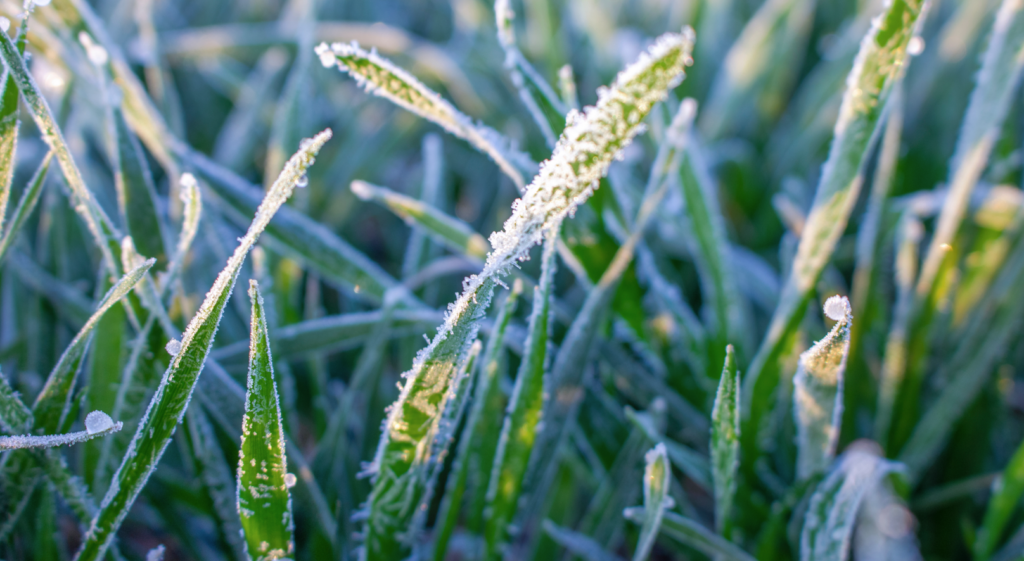
Unlocking the Potential of Remote Sensing: Estimating Winter Cover Crop Biomass Using Sentinel-2 and Machine Learning
In the pursuit of sustainable agriculture and climate change mitigation, understanding and quantifying the biomass of cover crops during winter fallow periods is crucial. However, traditional methods for estimating cover crop biomass often lack spatial precision and objectivity. In a groundbreaking study published in Remote Sensing, researchers have harnessed the power of remote sensing technology and machine learning algorithms to address this challenge.
Led by a collaborative team from the Centre d’Etudes Spatiales de la Biosphère (CESBIO) and EarthDaily Agro, the study aimed to develop a remote-sensing-based approach to accurately estimate cover crop biomass across diverse agricultural landscapes in France.
The research utilized optical Sentinel-2 data and advanced machine-learning techniques to model biomass across 50 fields representative of France’s cropping practices and climate types. Initial tests revealed challenges in accurately estimating biomass for mixed cover crop categories due to spectral interference from grasses and weeds, highlighting the complexity of modelling diverse agricultural conditions.
To overcome this challenge, the team compared several machine learning algorithms, including Support Vector Machine, Random Forest, and eXtreme Gradient Boosting, using spectral bands and vegetation indices from Sentinel-2 data. Additionally, they developed an innovative approach that incorporates dense optical time series of Sentinel-2 data, generated using a Radial Basis Function for interpolation.
The results were promising. A Random Forest model trained with dense time series data during the cover crop development period, yielded an average R² value of 0.75 and a root mean square error (RMSE) of 0.73 t·ha−1, surpassing results obtained from methods using single-image snapshots.
Moreover, the approach exhibited robustness in accounting for factors such as crop species diversity, varied climatic conditions, and the presence of weed vegetation—essential for approximating real-world conditions. Importantly, its applicability extends beyond France, holding the potential for global scalability.
This research represents a significant advancement in the field of agricultural remote sensing. By providing a reliable and objective method for estimating cover crop biomass, it offers valuable insights for sustainable agricultural practices and climate change mitigation efforts worldwide.
To read the full article, visit: Estimating Winter Cover Crop Biomass Using Optical Sentinel-2 Dense Image Time Series and Machine Learning
The project is funded by the French government as part of France 2030.

Stay tuned for more updates and innovations in remote sensing and agricultural science!


